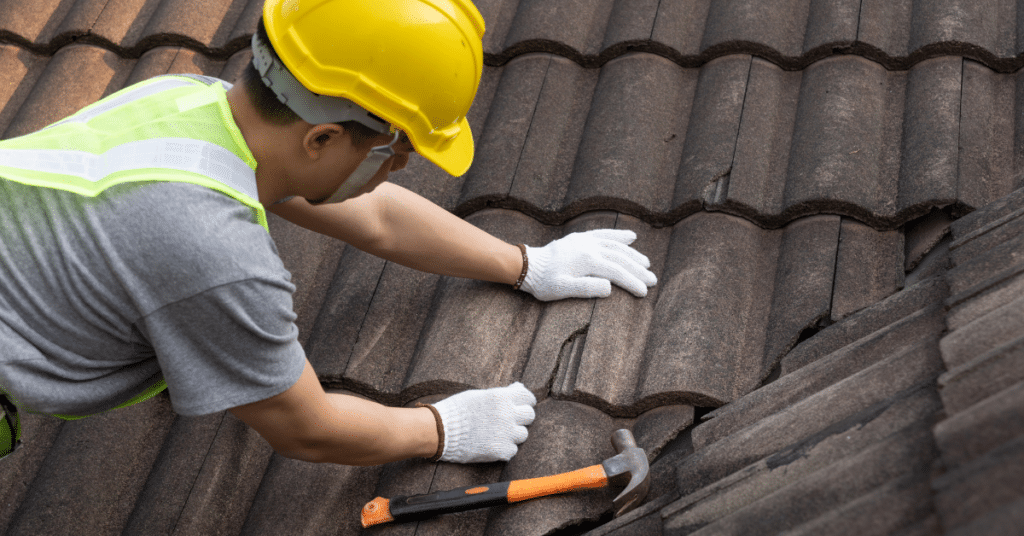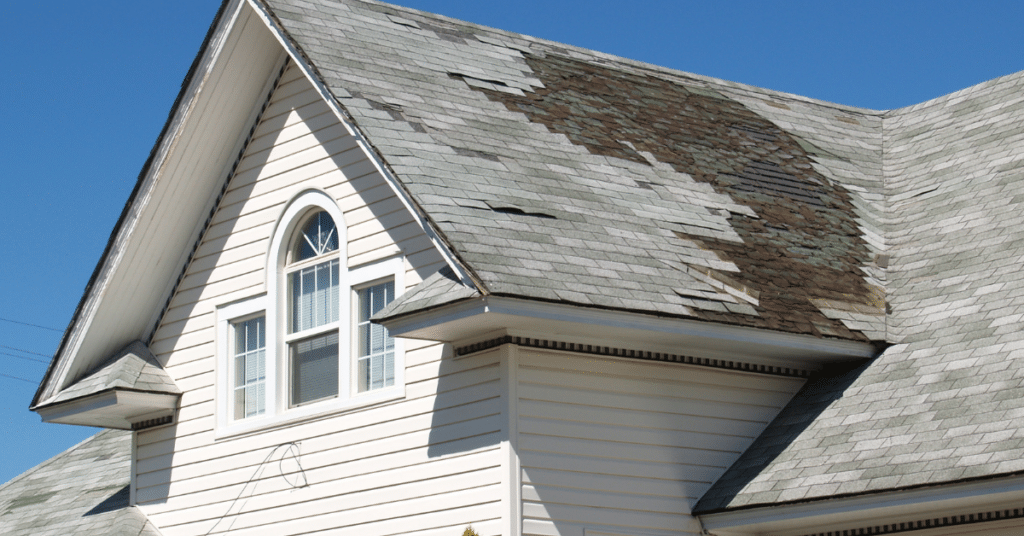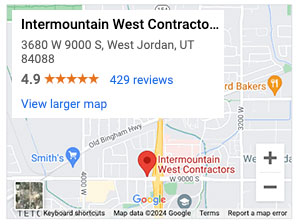
Is Your Roof Problem an Emergency or Can It Wait? Here’s How to Tell
There’s nothing worse than the drip-drip of water coming through your ceiling after a storm—or the pit in your stomach wondering, “Is this an emergency or can it wait until Monday?”
If you’re a homeowner in Utah and facing roof damage, you’re not alone. Weather here can turn quickly, and roofing problems that seem small at first can escalate fast, leading to costly repairs and even interior damage.
In this quick guide, you’ll learn how to recognize the warning signs of a roofing emergency, what to do next, and how to protect your home (and your peace of mind) without second-guessing.
Quick Guide: What We’ll Cover
- What Counts as an Emergency Roof Repair?
- Top Signs Your Roof Damage Requires Immediate Action
- Why Acting Quickly on Roof Emergencies Matters
- What to Do If You Suspect a Roof Emergency
- How Intermountain West Contractors Handles Emergency Roof Repairs
- FAQ: Understanding Roofing Emergencies
What Counts as an Emergency Roof Repair?

Not all roofing problems need immediate attention—but some absolutely do.
An emergency roof repair is needed when damage is actively compromising the safety of your home, causing water intrusion, or posing structural risks. These situations can quickly escalate from small inconveniences to serious hazards.
Common Roofing Emergencies:
- Water leaking into living spaces
- Missing shingles exposing the roof deck
- Sagging roof lines or bulging ceilings
- Damage from fallen trees or debris
- Flashing torn away near chimneys or vents
- Significant storm, hail, or wind damage
Top Signs Your Roof Damage Requires Immediate Action
Wondering if your roofing issue qualifies as an emergency? Here’s how to tell:
Active Water Drips or Ceiling Stains
Visible leaks inside your home—especially during rain or snowmelt—are clear signs that water has already breached your roof’s protective layers.
Large Sections of Missing or Torn Shingles
If shingles are gone and the underlayment or wood decking is exposed, your roof is vulnerable to immediate water damage.
Sagging or Warping Roof Structure
Structural movement like sagging rooflines or soft spots could indicate deeper damage that weakens your home’s integrity.
Signs of Hail or Storm Damage
Cracked shingles, punctures, or shingle granules in your gutters after a storm may signal serious underlying issues. Learn more about our asphalt roof installation in Utah to see how modern materials can help protect against these problems.
Fallen Tree Limbs or Heavy Debris on the Roof
Any impact from large objects requires fast assessment—even if the damage isn’t obvious at first glance.
Why Acting Quickly on Roof Emergencies Matters
When it comes to roof emergencies, time is not on your side. Waiting too long can lead to:
- Mold growth inside your home
- Water damage to drywall, ceilings, and flooring
- Electrical risks from water exposure
- Higher repair costs as damage worsens
- Potential denial of insurance claims due to neglect

If your roof is aging and you’re unsure whether to repair or replace, check out our guide on 10 signs you need a new roof in Utah.
What to Do If You Suspect a Roof Emergency
If you think your roof damage may be an emergency:
- Stay Safe: Avoid going on the roof yourself, especially after storms or when surfaces are slippery.
- Protect What You Can: Place buckets under leaks and move valuables away from affected areas.
- Document the Damage: Take photos of leaks, damaged shingles, or debris for insurance purposes.
- Contact a Certified Roofing Professional: Prioritize companies with real experience—not storm chasers who show up after bad weather.
Our instant roof quote tool makes it easy to get started and understand your options without delay.
How Intermountain West Contractors Handles Emergency Roof Repairs
At Intermountain West Contractors, we’ve helped hundreds of Utah homeowners handle roofing emergencies quickly, safely, and with the highest level of craftsmanship.
Here’s what makes our approach different:
- Owens Corning Platinum-Certified Installation
- No Subcontractors—Ever
- 50-Year Warranty on Materials
- Fast, Clear Quotes and Emergency Response Options
- 0% APR financing options available to ease the stress
Whether it’s a sudden leak or major storm damage, we’re here to protect your home with roofing solutions you can trust.
Ready to Take the Next Step?
Don’t wait until a small issue becomes a big problem.
Get a Free Emergency Roof Inspection or Explore Our Roof Replacement Services today.
Your roof is your home’s first line of defense. Make sure it’s ready to protect you.
FAQ: Understanding Roofing Emergencies
Will my homeowner’s insurance cover emergency roof repair?
Many insurance policies cover sudden damage from storms, fallen trees, or hail—but may not cover wear-and-tear. We recommend reviewing your policy or contacting your insurer directly.
How fast can emergency roof repair be completed?
Timelines depend on the extent of damage. Temporary measures like tarping can often be done immediately, with full repairs scheduled as soon as weather and safety allow.
What should I avoid doing if my roof is damaged?
Avoid climbing onto the roof yourself, especially after storms. DIY repairs can be dangerous and may void warranties. Always work with certified experts—learn about our residential roof installation services in Utah for trusted support.
- What Is the Average Cost to Install a Metal Roof in Utah? - May 8, 2025
- How to Know When You Need Emergency Roof Repair - May 5, 2025
- Choosing the Perfect Tile Roof: Style & Color Guide for Utah Homes - April 1, 2025



Comments are closed